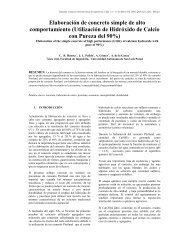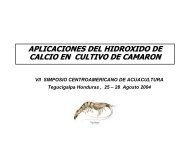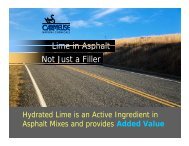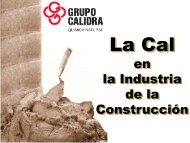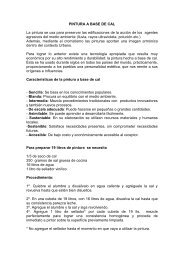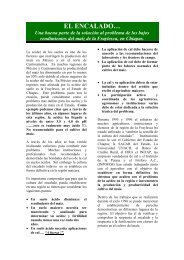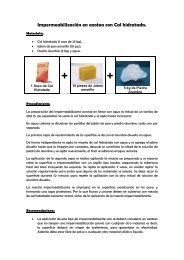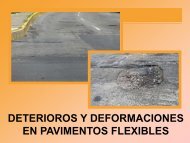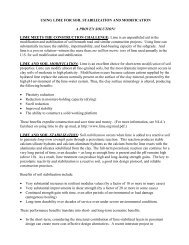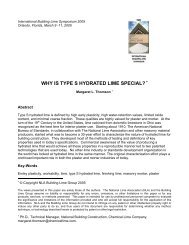Land Contamination: Technical Guidance on Special Sites: Acid Tar ...
Land Contamination: Technical Guidance on Special Sites: Acid Tar ...
Land Contamination: Technical Guidance on Special Sites: Acid Tar ...
You also want an ePaper? Increase the reach of your titles
YUMPU automatically turns print PDFs into web optimized ePapers that Google loves.
5.2.2 Water envir<strong>on</strong>mentThere is little evidence in the literature of investigati<strong>on</strong> or assessment of groundwaterc<strong>on</strong>taminati<strong>on</strong> associated with acid tar lago<strong>on</strong>s and it appears that, in the past, the principalc<strong>on</strong>cerns leading to remedial acti<strong>on</strong> have been those documented above.<strong>Acid</strong> tar lago<strong>on</strong>s clearly represent a risk to groundwater or surface water (depending <strong>on</strong> thesite-specific c<strong>on</strong>text) and the previous imbalance probably reflects the high cost of addressingacid tar lago<strong>on</strong>s. This has meant that, by and large, acti<strong>on</strong> in the past has been taken when ithas been forced as a result of a situati<strong>on</strong> that is clearly unacceptable in public health terms andhas justified expenditure which, in today’s terms could be in the several milli<strong>on</strong> pounds range.However, the assessment of acid tar lago<strong>on</strong>s in the future can be expected to place a highimportance <strong>on</strong> assessment of risks to c<strong>on</strong>trolled waters. In most respects, the assessment ofsuch risks would follow a c<strong>on</strong>venti<strong>on</strong>al approach as documented in the Model Procedures.Thus, there is the possibility of past or future off-site migrati<strong>on</strong> both of dissolvedc<strong>on</strong>taminants (e.g. benzene) or free phase liquid tars and oils. However, there are a number ofc<strong>on</strong>siderati<strong>on</strong>s specific to acid tar lago<strong>on</strong>s as follows:• whether other wastes are known to have been co-disposed with the acid tars. Thiscould include general demoliti<strong>on</strong> type waste for stability reas<strong>on</strong>s, but can also includedomestic refuse (absorptive capacity) and other industrial and chemical wastes.Clearly, account needs to be taken of all that is known from previous investigati<strong>on</strong>sand where these wastes are present in quantities and patterns likely to impact <strong>on</strong>remedial works, they will need to be characterised;• reduced percolati<strong>on</strong> of precipitati<strong>on</strong> where there is a crusted, low permeability surface;• effect of acidity <strong>on</strong> naturally occurring mineral deposits, leading to mobilisati<strong>on</strong> ofmetals in strata or other wastes;• effect of acidity <strong>on</strong> certain natural strata such as limest<strong>on</strong>e and chalk (increasingsoluti<strong>on</strong> features and enlarging fissures);• interacti<strong>on</strong> between acid tars and other substances present are especially importantwhen estimating risks to the water envir<strong>on</strong>ment from acid tar lago<strong>on</strong>s. These can actto reduce mobility, by preferentially binding the deposits, or enhancing it, due to cosolvencyeffects.R&D <str<strong>on</strong>g>Technical</str<strong>on</strong>g> Report P5-042/TR/04 29



